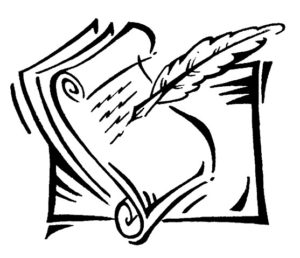 Semi-annual reporting for the period of January 1, 2017 to June 30, 2017 is due August 8, 2017. Semi-annual reporting is required of responsible parties (RPs) for all “open” sites, including those sites the DNR formerly classified as “conditionally closed,” in the BRRTS online database. Consultants may submit these reports on behalf of the RPs.
Semi-annual reporting for the period of January 1, 2017 to June 30, 2017 is due August 8, 2017. Semi-annual reporting is required of responsible parties (RPs) for all “open” sites, including those sites the DNR formerly classified as “conditionally closed,” in the BRRTS online database. Consultants may submit these reports on behalf of the RPs.
An email from the DNR with your unique report identification number will go out on July 7, 2017. If you do not receive an email, you can request a number by submitting the Report ID Request Form. The Report ID number you will receive uniquely identifies the activity for which you wish to report, the reporting period, and verifies the person using the ID is authorized to submit the report. If you have any questions, please contact Tim Zeichert at (608) 266-5788.
